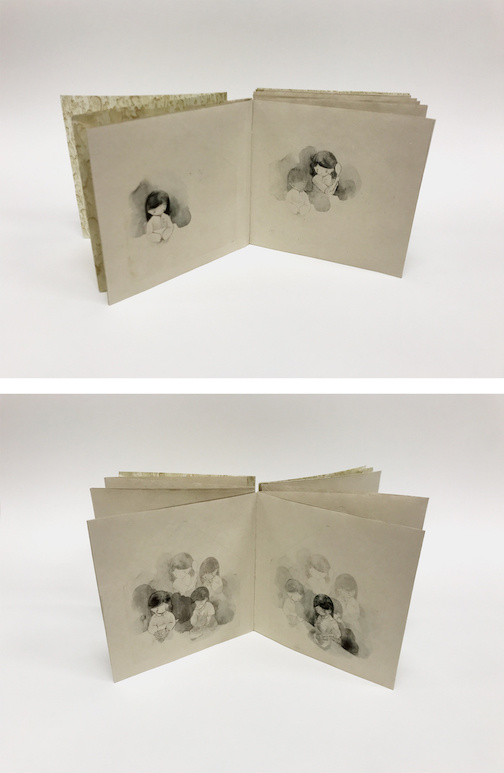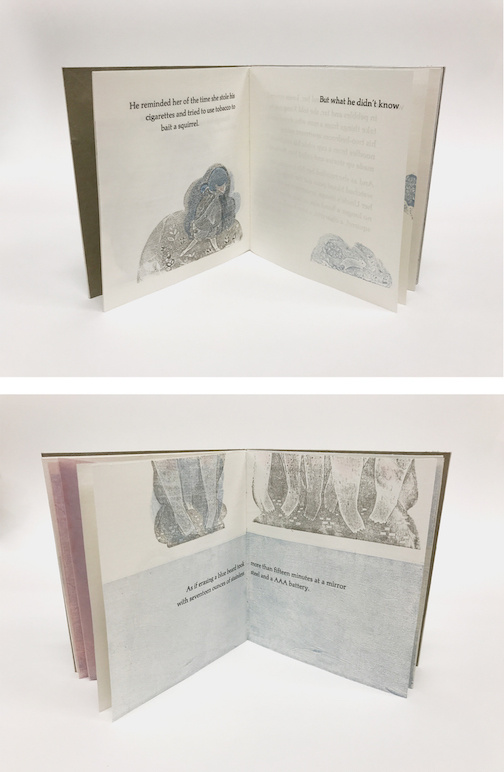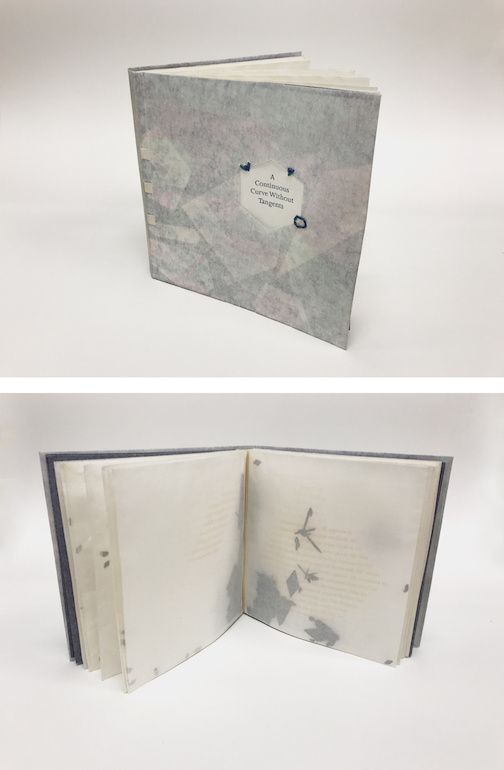


Second-year UICB MFA candidate Catherine Liu has been awarded a Stanley Graduate Award for International Research. This competitive award offers Masters students at the University of Iowa financial support to conduct international research in support of their thesis work.
Catherine will be an artist-in-residence and study mokuhanga—a traditional Japanese woodblock printing technique—under Tetsuo Soyama, master carver and printer at the Mokuhanga Innovation Laboratory (MI-LAB) this summer. MI-LAB, a residential studio located in the Yamanashi Prefecture of Japan at the foot of Mount Fuji, is a space dedicated to bringing in artists from around the world to study traditional Japanese carving and printing techniques.
Mokuhanga utilizes a unique application of ink that allows a soft gradation of multiple colors to be printed at once. Distinctly, the use of a water-based ink applied with a brush allows for more control with multiple colors on a single print. Over 35 days Catherine will learn to carve, apply ink, and print woodblocks to create images. Learning this technique will be significant to her MFA thesis, in which she is interested in utilizing skills that originated in China, passed to Japan, and bridged to Europe. Her thesis will focus on the passing of different forms of heirlooms across cultures and their impact on history.
Catherine regards mokuhanga as a bridge across cultures. Water-based printing is a technique that originated in China and was introduced to Japan, where it developed into mokuhanga. Although the original Chinese water-based printing technique was mostly lost due to the Cultural Revolution, the Japanese iteration survived and continues to be part of Japan’s national curriculum. Internationally, its introduction to the Western world in the 19th century influenced the Impressionist, Post-Impressionist, and Art Nouveau movements. Catherine looks forward to her participation in the MI-LAB residency as an important step in understanding the relationship between craft, history, and how different cultures regard similar art techniques.
Congratulations, Catherine!